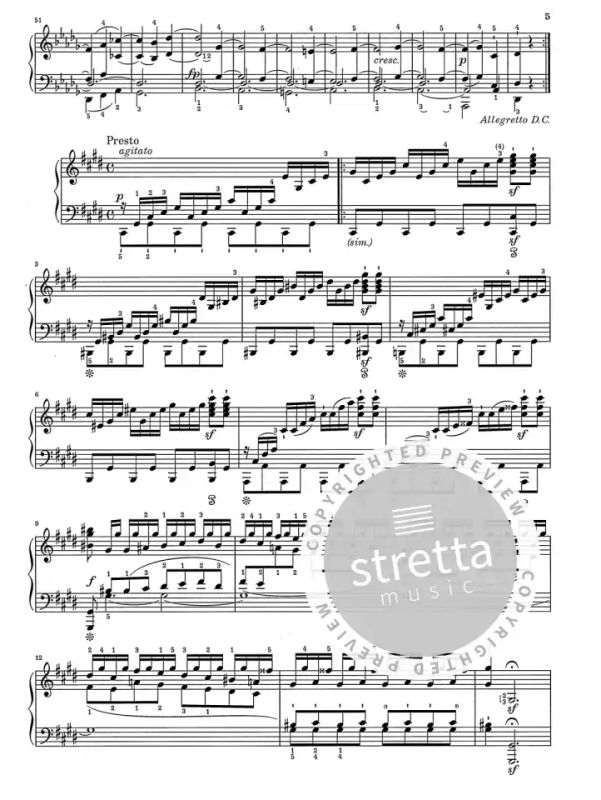
The sonata was published without a dedication, though there is evidence that Beethoven intended to dedicate Opp. Some copies of the first edition reached Vienna as early as August, and the sonata was announced in the Wiener Zeitung that month. The sonata was published simultaneously in Paris and Berlin that year, and it was announced in the Bibliographie de la France on 14 September. Īdolf Schlesinger's letters to Beethoven in July 1822 confirm that the sonata, along with Op. The copyist's score was presumably delivered to Schlesinger around this time, since Beethoven received a payment of 30 ducats for the sonata in January 1822. The sonata's completed autograph score bears the date 25 December 1821, but Beethoven continued to revise the last movement and did not finish until early 1822. 110 was still not ready by the middle of December 1821. 109 was published by Schlesinger in November 1821, correspondence shows that Op. 110 "did not begin to take shape" until the latter half of 1821. 123), rheumatic attacks in the winter of 1820, and a bout of jaundice in the summer of 1821. The composer was prevented from completing the promised sonatas on schedule by several factors, including his work on the Missa solemnis (Op. 109, 110, and 111, the last of Beethoven's piano sonatas. These three sonatas are the ones now known as Opp. In May 1820, Beethoven agreed, and he undertook to deliver the sonatas within three months. After some negotiation by letter, the elder Schlesinger offered to purchase three piano sonatas for 90 ducats in April 1820, though Beethoven had originally asked for 120 ducats.

The two met in Mödling, where Maurice left a favourable impression on the composer. In the summer of 1819, Adolf Martin Schlesinger, from the Schlesinger firm of music publishers based in Berlin, sent his son Maurice to meet Beethoven to form business relations with the composer.

It has been recorded by pianists such as Artur Schnabel, Glenn Gould, and Alfred Brendel. The sonata is the subject of musical analyses including studies by Donald Tovey, Denis Matthews, Heinrich Schenker, and Charles Rosen. William Kinderman finds parallels between the last movement's fugue and other late works by Beethoven, such as the fughetta in the Diabelli Variations and sections of the Missa solemnis, and Adolf Bernhard Marx favourably compares the fugue to those of Bach and Handel. The last movement comprises multiple contrasting sections: a slow introductory recitative, an arioso dolente, a fugue, a return of the arioso, and a second fugue that builds to a passionate and heroic conclusion. The Allegro second movement begins with a terse but humorous scherzo, which Martin Cooper believes is based on two folk songs, followed by a trio section. The Moderato first movement follows a typical sonata form with an expressive and cantabile opening theme.

The original edition was published by Schlesinger in Paris and Berlin in 1822 without dedication, and an English edition was published by Muzio Clementi in 1823. The delay was due to factors such as Beethoven's work on the Missa solemnis and his deteriorating health. 110 until the latter half of 1821, and final revisions were completed in early 1822. Though the sonata was commissioned in 1820, Beethoven did not begin work on Op. 109, 110, and 111) that he wrote between 18, and is the penultimate of his piano sonatas. It is the middle piano sonata in the group of three (Opp. 110, by Ludwig van Beethoven was composed in 1821 and published in 1822.


 0 kommentar(er)
0 kommentar(er)
